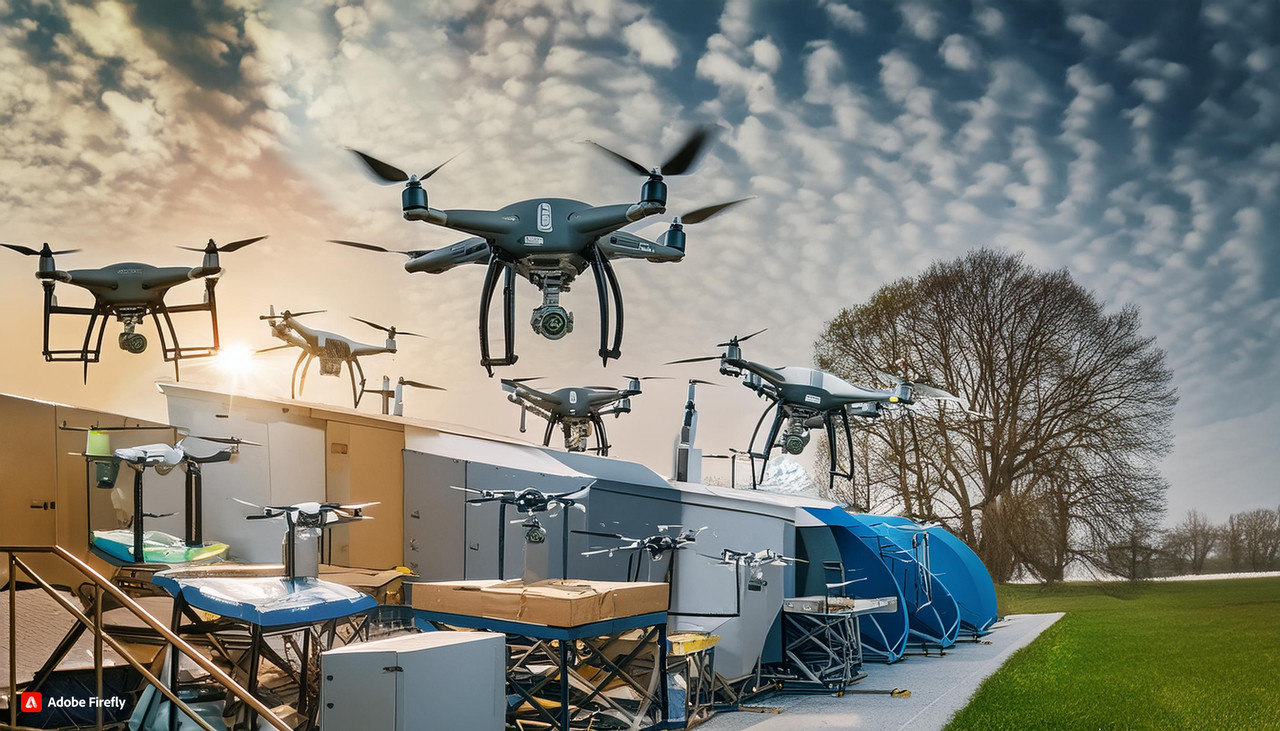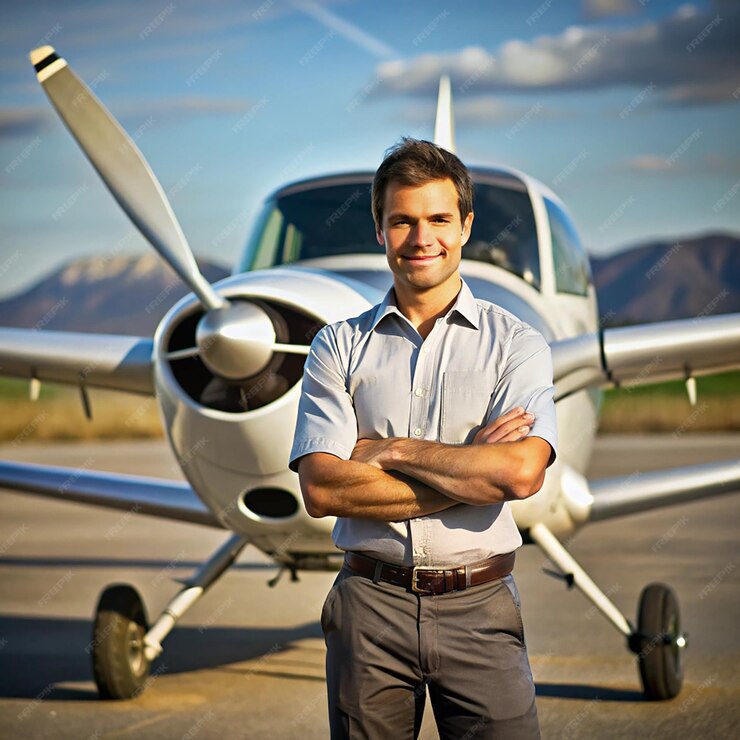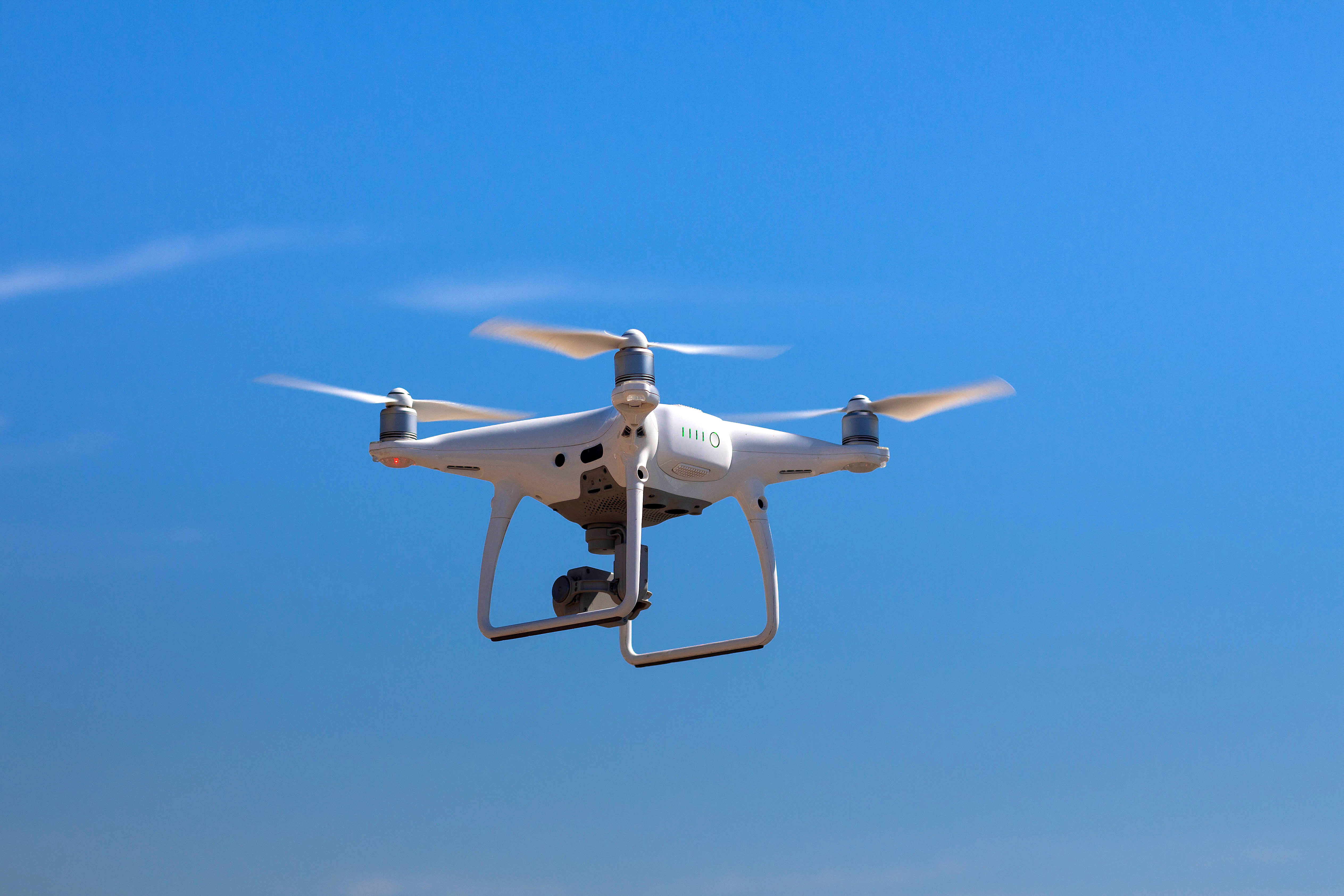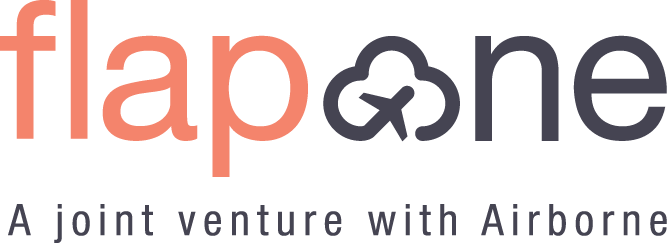Discovering What All is Trending in the Aviation Training Industry
There is a rapid development in the civil aviation industry, powered by progressions in technology and changes in regulatory frameworks. One of the important areas of growth is aviation training, vital for ensuring the safety and expertise of pilots. With the progression of technology and sophistication of training methods. Here is what is trending in the flight training industry.
.jpg)
AR/VR
Both of these technologies are bringing about a revolution in pilot training. These offer immersive environments mimicking real-life flying conditions without the risks. AR/VR improves the learning experience by simulating challenging scenarios and makes training affordable and accessible.
More and More Use of Flight Simulators in Aviation Training
Flight simulators are becoming more prevalent because they are effective in training pilots in a safe and sound environment. Modern simulators can replicate various flight conditions, emergencies, and scenarios. This not only helps improve the skills of trainees but also allows experienced pilots to put their skills to the test.
Focus on Eco-Friendly Solutions
With a rising importance on sustainability, the flight training industry is looking to reduce its carbon footprint. Simulator-based training reduces the amount of fuel used and emissions produced as opposed to traditional flight training. Moreover, simulators are designed to consume less energy and use more environmentally friendly materials.
Integration of AI
AI is being integrated into aviation education in India to offer more dynamic and responsive training scenarios. AI can produce realistic air traffic environments, automate the control of simulator systems, and offer real-time feedback to trainees. This incorporation not only augments the realism of training sessions but also aids in the analysis of pilot performance to further tailor training programs.

Adaptive Learning Technologies
These technologies are being progressively integrated into flight training programs. These make use of algorithms to adapt the training environment to the learner’s pace and skill level, offering personalized learning experiences. This approach advances learning results and efficiency, as students can emphasize areas where most improvement is needed.
Remote and Distance Learning
The pandemic has augmented the acceptance of remote and distance learning in aviation training. Online theory courses, VR setups, and remotely operated simulators are becoming common. This trend allows for incessant learning and certification progress, even when physical presence is not possible, therefore ensuring that training schedules are not interrupted by outside conditions.
Coming to a Conclusion
With all these trends becoming increasingly common, we can expect better-trained pilots equipped to handle the demands of the contemporary aviation industry safely and efficiently. This development in training technology enhances the quality of training and supports the overall growth of the aviation industry.
All these trends can only be fruitful when you are admitted to a recognized aviation school, such as Flapone Aviation, where with the help of seasoned aviators, aspiring pilots can master their flying skills. If the knowledge and training are foolproof, rest assured that you will have a prosperous career waiting for you in the wings.
Related Blog
Latest updates and insights from Flapone Aviation.

What Types of Drones Are Present in the Market?
October 8, 2024

How to Become a Pilot After 12th in India?
February 7, 2025

What are the Basics of Drone Piloting?
February 7, 2025



